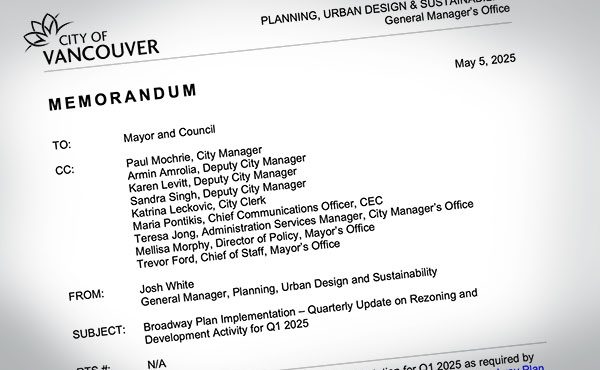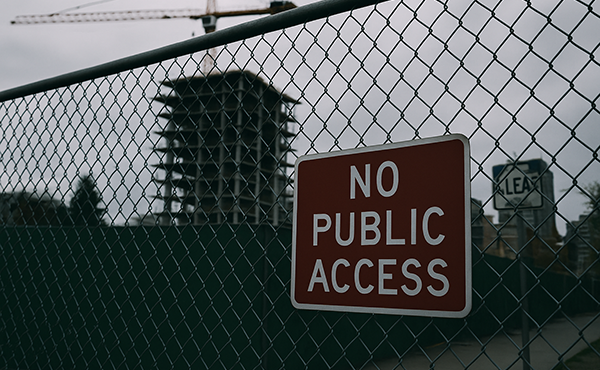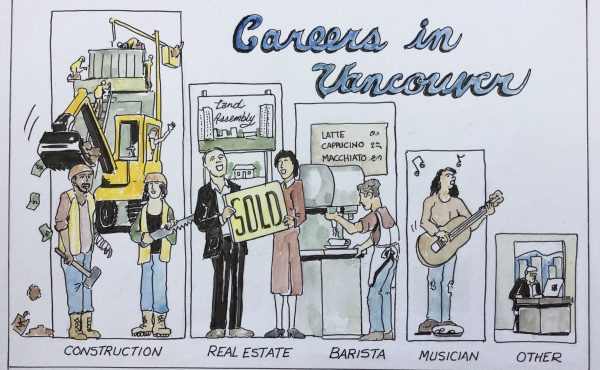
Nobody leads in the contemporary version of The Tango. Or put another way, both partners take turns leading. Reflecting on The Tango is how we can substantively improve our housing affordability crises.
The Tango is a useful metaphor for fostering deeper, more creative engagement toward better housing solutions—ones that move beyond the simplistic “Let’s build as much as we can and not worry about the end costs to the purchaser or renter. They’ll be just fine.” That approach falls short when we index housing costs to local wages. Let’s work toward true affordability by engaging as equal partners.
The Tango is a dance of passion—two partners, embraced as one, each acting and reacting in an exchange of energy expressed as shared movement. The dynamic shifting of who leads and when, toward an ultimate unified expression, is instructive when we attempt housing-related discourse in this careful moment.
As with The Tango, there is much passion in the air today: recent governmental change, a receding market affecting livelihoods, and community advocates deeply committed to socially just, responsive cities. All contributions matter, and all deserve to be honoured when setting new policies that balance interests. This is why we must re-learn how to “dance” toward respectful, meaningful engagement—one that has a real chance of revealing ideas that solve for multiple priorities.
The Tango as a social discourse metaphor can help passionate individuals set aside the “my idea is the only idea worth implementing” stance in favour of sustained engagement that requires partners to understand, feel, and honourably react to each other. Such discourse cannot be token—predetermined steps taken to politically placate or disguise overly simplified intentions as legitimate public process. The elegance of The Tango comes from deeper understanding and respect for a partner’s concerns and contributions.
This kind of embrace has become harder to sustain. No single group has all the answers—and that includes those of us most involved. The expertise of developers who take risks, assemble teams, secure financing, and ultimately deliver projects must be valued alongside that of design professionals, academics, and community advocates. Those who work in related advisory or lobbying roles can also contribute—but their influence should be measured by the value they add to outcomes, not simply by the bandwidth they command in public debate.
Recently, two letters were submitted to the province and federal governments offering ideas on what to do next. Unfortunately, the conversation has too often been framed by some as “we vs they,” a framing reinforced by shallow reporting. This undermines the contributions of those—whether in design, academia, or industry—who bring experience and commitment without direct financial gain, and who are too often misrepresented as “blocking progress.” That kind of narrative does not make for elegant or productive dancing.
I can attest, from direct experience, to how city halls can improve services, reduce regulatory review, and speed up permit timelines. Years ago, as a young architect seconded to analyse these challenges, I saw first-hand that rezonings are among the most time-consuming, resource-intensive, and politically vulnerable approaches to regulation. By contrast, the discretionary zoning system we once used in Vancouver allowed proactive engagement between developers and communities to find win–win project viability and local benefits—rewarding such projects with conditional density, reducing speculation, and moving to construction more quickly.
That system required civic leadership and a decision-making culture that was nimble and responsive. We’ve lost much of that and are now defaulting to “rezoning our way to affordability” (whether privately or through staff initiatives). This risks giving away land value to speculators while worsening affordability.
We should address necessary process improvements without discarding a system that, with thoughtful tweaks, could respond more effectively to industry challenges while improving affordability. In that light, the upcoming city-initiated rezonings of the Broadway and Cambie Corridor Plans risk moving in the wrong direction by granting speculative land value increases without strong social obligations. Adjusting our previous “under-zoning” model could be far more effective.
Our political leaders should insist on genuinely deeper engagement—a dynamic exchange of ideas, much like the give-and-take of The Tango. Let’s channel our passion, whether rooted in financial investment or civic commitment, toward a greater shared achievement: a housing system shaped through respectful partnership, where everyone occasionally leads.
***
Scot Hein is a retired architect, former senior urban designer at the City of Vancouver and the University of British Columbia. He is an adjunct professor of Urban Design at UBC, a lecturer at Simon Fraser University, and a founding board member of the Urbanarium.




